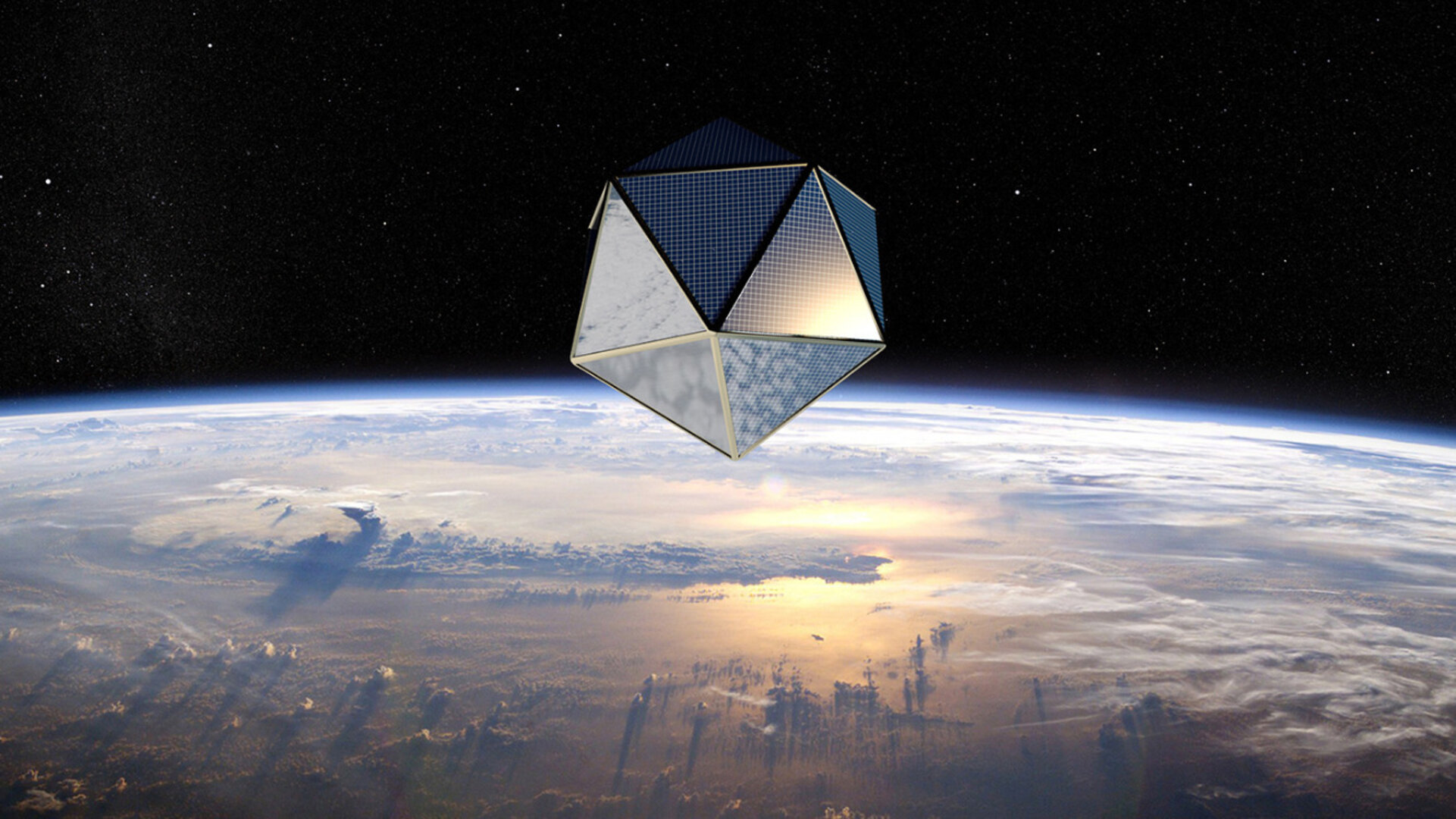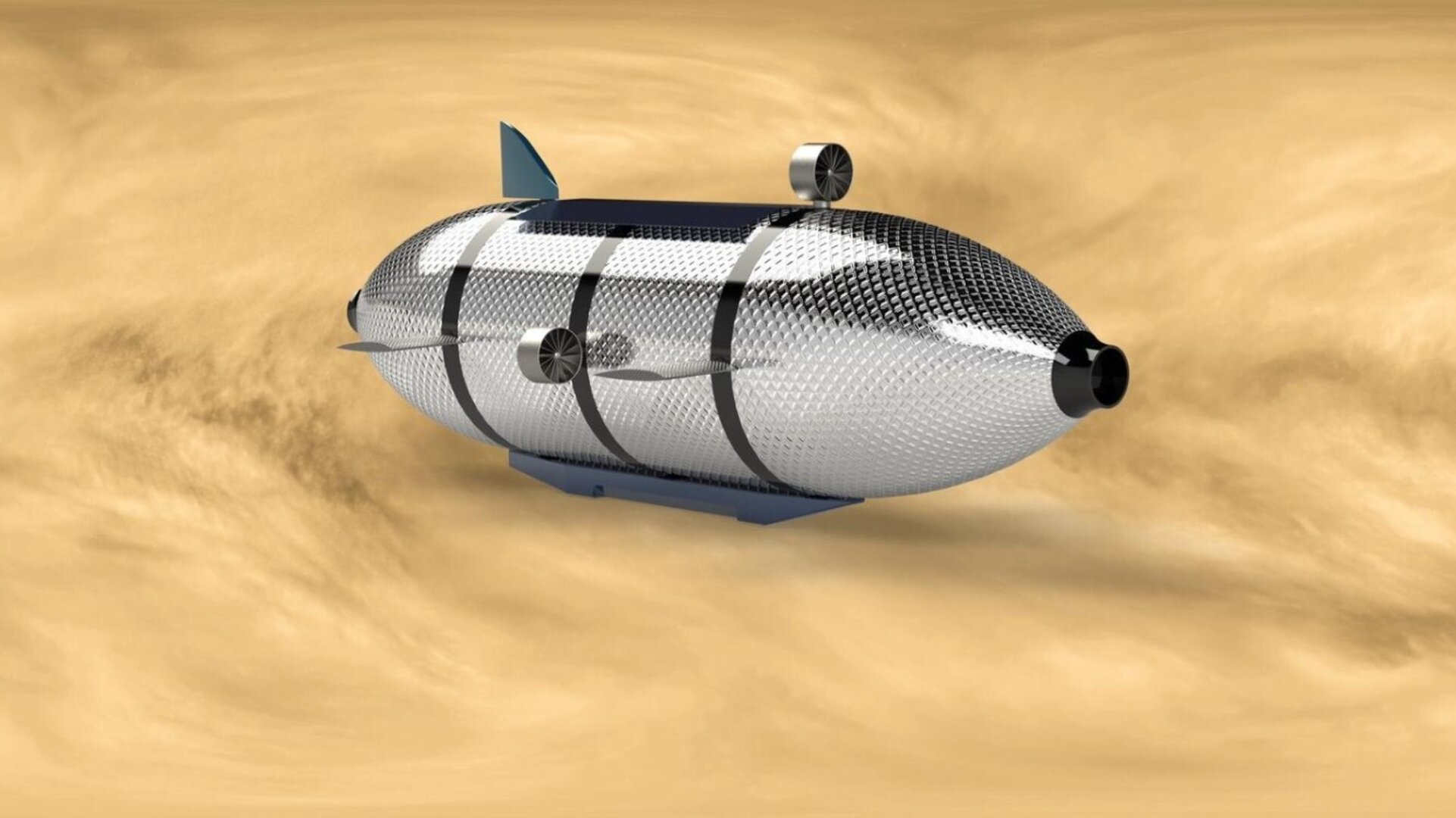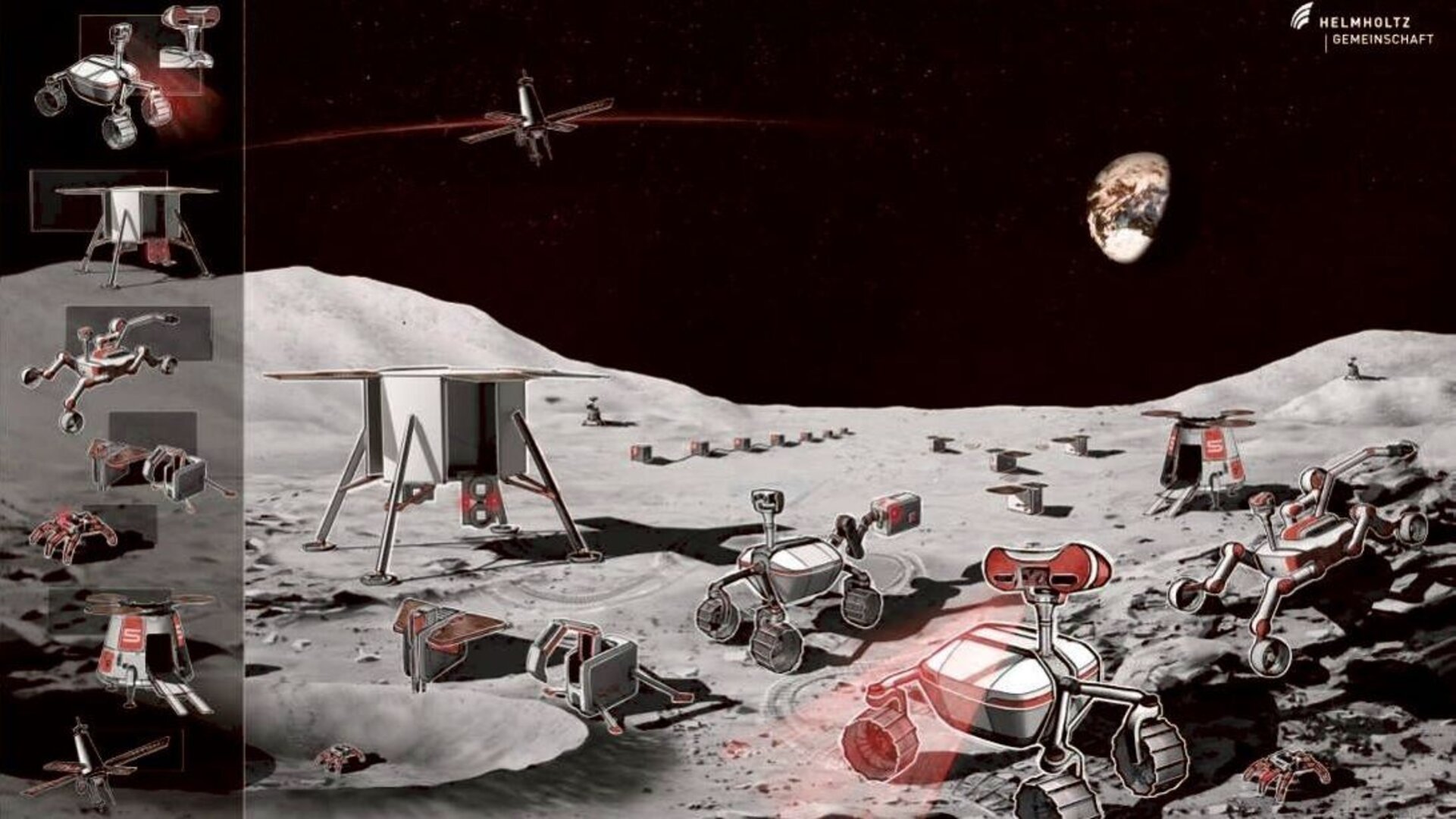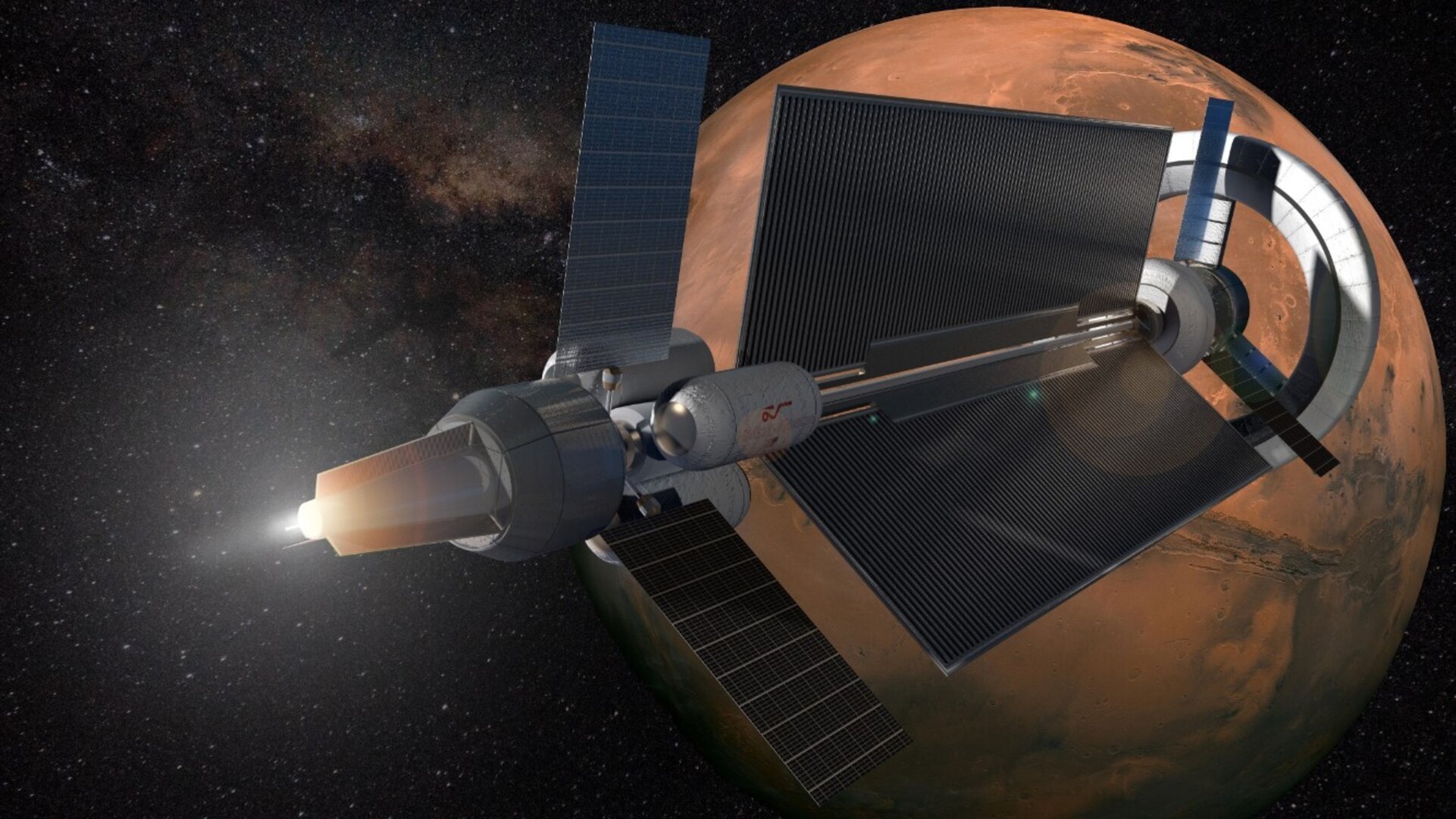3.12.2021

You spoke, we listened. Last September, we asked for your ideas for future space missions. Our goal was to tap into the insight, expertise and creativity of European citizens, companies and academia to help us plan for the future. Based on over 200 ideas, ESA Discovery & Preparation is now launching 11 new activities over the course of the coming year, that will together shape the future of space.
From meeting our energy needs on Earth with satellites that generate solar power in space, to developing a new method of entering orbit around the Moon, the 11 activities cover an exciting range of innovative concepts. Many of them venture into realms not yet covered by ESA.
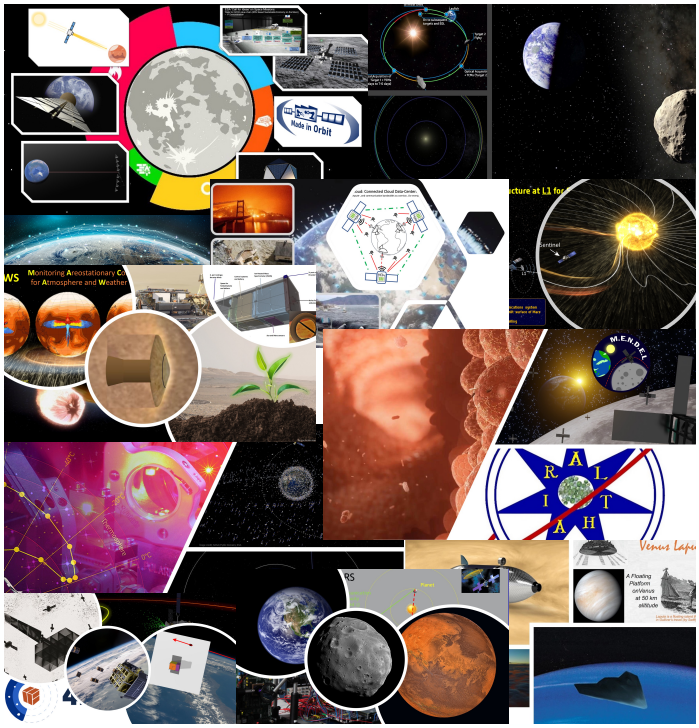
Some will demonstrate new technologies, such as a huge foil to monitor tiny pieces of space debris, or new tech needed for floating platforms on Venus. Others will help us understand other planetary bodies and learn how to live away from Earth, for example by lighting up and mapping the Moon's permanently shadowed regions, or by constructing a self-contained biological system that provides everything astronauts would need for long-term interplanetary missions. A detailed list of the activities can be found at the end of this article.
"This was the first ever attempt to solicit ideas for new missions across all space activities from not only industry, but also academia and the public," says ESA's Moritz Fontaine, who was part of the team that ran the call for ideas.
"It was a completely public, open forum that aimed to get several proposals for new space missions that ESA could analyse in parallel. It's safe to say that we have achieved this goal!"
ESA will open up eight of the activities to industry and academia, who will be invited to apply for funding to develop the mission concepts further. Of the remaining three, two are planned to be explored in ESA's Concurrent Design Facility (CDF), a facility dedicated to bringing together experts from different domains to assess the feasibility of future space missions.
The concepts to be studied in the CDF are monitoring asteroid Apophis as it makes an Earth flyby in 2029 and developing a technology demonstration mission for floating platforms on Venus. The final activity will analyse a new initiative to develop Europe's capability to provide space-based sustainable energy.
ESA interacts with the wider space community
The 11 activities came out of a set of 13 'scoping sessions' – virtual meetings that investigated 47 of the most promising proposed ideas. Each session focused on a specific theme, with each idea fitting into one session. The people behind the ideas presented their mission concepts and ESA experts considered how the ideas fit into the Agency’s broader strategy. Themes covered were:
- Next steps for onboard intelligence
- New propulsion in very low-Earth orbit
- Next generation space debris mission
- Space resources and infrastructure
- Long distance intersatellite communication
- Next steps for near-Earth objects
- Preparing human interplanetary travel
- Next steps towards Mars
- Novel planetary atmosphere platform
- Novel Earth atmospheric monitoring steps
- Laser accelerometer instruments
- Mars space situational awareness
- Lunar landing site mapping
Connecting with European industry and stimulating commercialisation
ESA Agenda 25 defines the Agency's priorities and goals for the coming years. It underlines that by 'taking stock of the maturity gained by the European space industry, ESA will delegate more responsibilities along with an appropriate sharing of risks with industry, and increase its partnership schemes with industrial actors large and small'.
"By encouraging the wider community to drive decisions about future space missions, this call for ideas is ensuring that ESA’s future activities remain relevant to the European space sector," explains Leopold Summerer, head of ESA's Advanced Concepts and Studies Office.
"One focus of Agenda 2025 is to stimulate commercialisation and disruptive innovation in Europe. Many of the activities will define potential commercial approaches, as well as identifying applications with commercial relevancy."

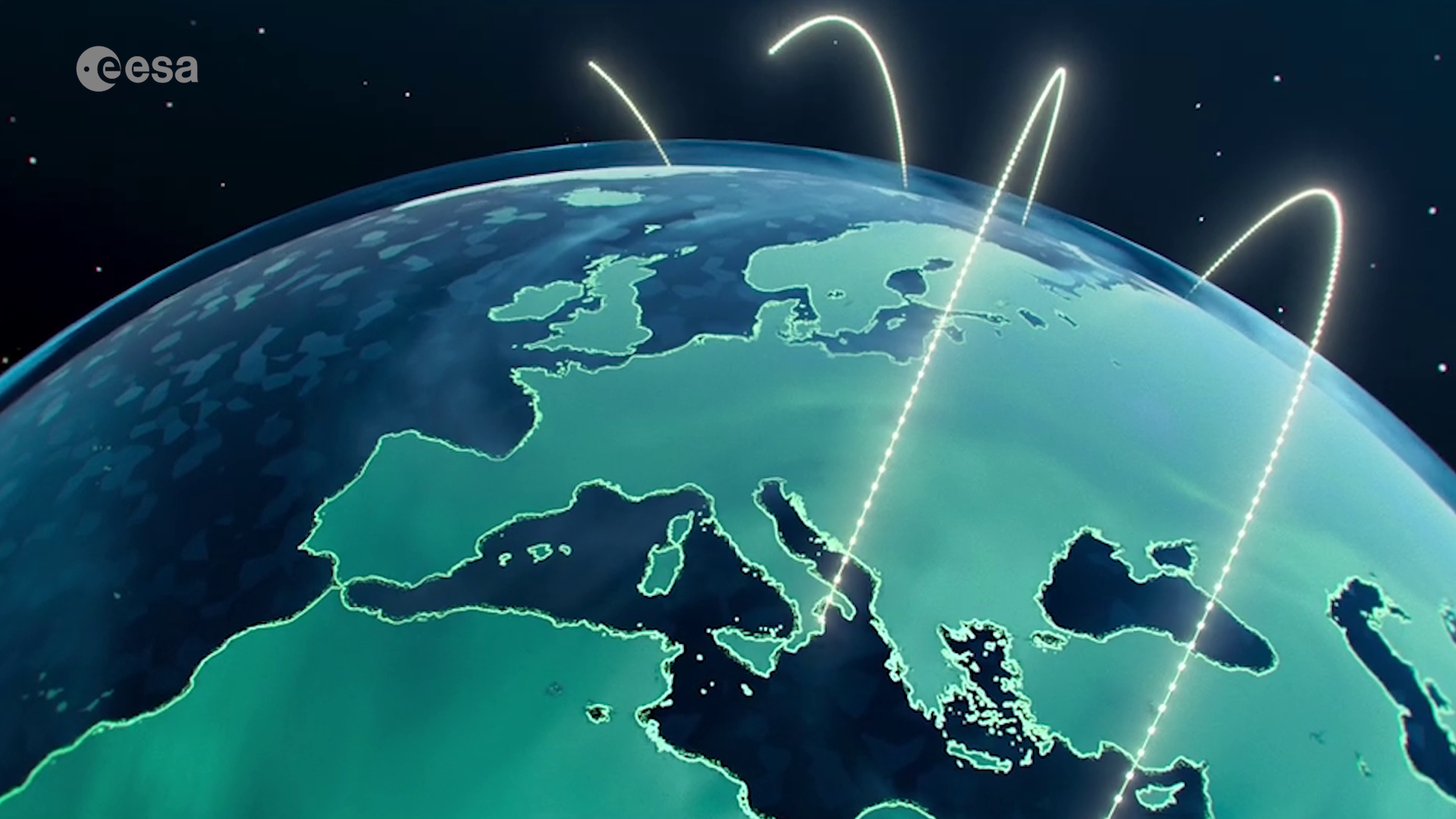
Access the video
Preparing for tomorrow's space landscape
The call for ideas and subsequent scoping sessions and procurement activities are led by the Preparation element of ESA's Basic Activities. This is where practically all current ESA missions and programmes were first conceived, studied and prepared.
About every three years, experts meet at ESA's Ministerial Council meetings to decide which space missions to take forward. The Preparation element ensures that these decisions are well-informed by performing mission feasibility studies and dedicated system analyses of payloads or underpinning processes.
Activities being implemented
(Titles and descriptions subject to change)
Study on cost-benefit analysis of space-based solar power generation for terrestrial energy needs
- When it comes to generating solar energy on Earth, fundamental limitations will always remain: solar panels only work during the daytime, and much of the Sun’s light is absorbed by the atmosphere. What if instead we could collect solar power up in space and beam it down to Earth’s surface? This activity will identify the space- and ground-based infrastructure that would be required, assess the economic, environmental and societal impacts of either developing or not developing space-based solar power, and propose one or more development concepts to benefit from private sector market dynamism and stimulate commercial space activities.
Space-based data centre
- With satellites collecting increasing amounts of data and needing to transmit processed data ever faster, space-based data centres are becoming more interesting. As intermediates between satellites and ground stations, these centres would offer data storage and processing capabilities. This activity will explore their scientific, economic and technical benefits and develop the first designs for a space-based data centre for the most promising applications.
Pre-phase A for a CubeSat mission to demonstrate the LIG-A accelerometer
- Measuring acceleration onboard spacecraft is useful for a variety of scientific and technical purposes, for example to measure the gravitational field of other planets and to test newly developed thrusters. Acceleration is measured by accelerometers, and the less ‘noise’ picked up by an accelerometer, the better it can be used for these purposes. This activity will carry out a pre-phase A study (a study that focuses on ‘mission analysis and identification’) to demonstrate a new low-noise accelerometer in orbit.
Technology demo mission for deployable surface-based debris monitoring
- Most space debris moves much faster than a speeding bullet, meaning that even tiny pieces can cause major damage to spacecraft. This activity will investigate the feasibility of sending up a small satellite with a huge foil to get a better idea of how much microparticle debris is orbiting Earth. A camera would photograph any impacts between particles and the foil and perhaps send the images down to Earth.
A SmallSat interplanetary demonstrator for bio experiments
- Astronauts travelling to Mars and beyond will experience harsh conditions, both in interplanetary space and on planetary surfaces. This activity will construct a self-contained biological system that can provide everything humans would need on such a trip, including food, water, and shielding from the Sun’s radiation. The self-sufficient ecosystem would be based on algae and bacteria, and the radiation could be blocked by ‘extremophile’ radiation-resistant organisms. The project will also advance technologies to understand and regulate astronaut health during and after space missions.
Aerocapture demonstration mission
- Putting a spacecraft into orbit around another planet is not easy. Conventionally it uses chemical propulsion, which means that enough fuel must be carried a long way. This activity will assess the technical feasibility and identify the technology developments required for a mission that demonstrates the concept of ‘aerocapture’ – putting a spacecraft into orbit around Mars by using the red planet’s atmosphere as a brake. If a spacecraft enters the atmosphere at a small enough angle, friction will slow it down enough that it starts orbiting the planet.
Small lunar orbiter to map permanently shadowed regions by use of artificial illumination
- At the Moon’s poles are permanently shadowed areas known to contain water ice and other volatile chemicals. These may be a useful resource for our future exploration of the Moon, but they may also tell us something about how life arrived on Earth. This activity will look at how we could unveil these ‘cold traps’ by illuminating them using a small spacecraft in orbit around the Moon.
High-resolution lunar mineralogy mapper
- The Moon’s surface holds clues about the history of the Solar System and early Earth. It may also host resources (water, for example) that could be used by future astronauts. This activity will start planning a mission that would image the entire lunar surface in high resolution at infrared to ultraviolet wavelengths.
Monitoring Apophis Earth flyby with existing payload in LEO and GEO
- On 13 April 2029, asteroid Apophis will fly past Earth at a distance of only 30 000 km. 375-metres-wide, the asteroid will be visible with the naked eye from Earth’s surface, so the flyby gives us a unique opportunity to study an asteroid in detail without the need for an interplanetary mission. This Concurrent Design Facility (CDF) study will analyse which existing satellite instruments could be repurposed to observe Apophis during its flyby. It will also establish general procedures and methods for combining and repurposing satellite instruments for monitoring astronomical events.
Technology demonstration mission for floating platforms on Venus
- This Concurrent Design Facility (CDF) study will start planning a technology demonstrator that could float in Venus’ atmosphere, hosting payloads to analyse the planet’s atmosphere and in particular the greenhouse effect. The data collected would provide insights into climate change mechanisms relevant for Earth’s climate. To control the platform’s orbit, atmosphere-breathing electric propulsion systems will be considered.
Cross-application (cross-directorate initiative): space for sustainable energy
- ESA Agenda 2025 identifies the need to use space to support climate neutrality. This preparatory activity will analyse the opportunity of a new cross-directorate initiative to develop European capability to provide space-based sustainable energy, for use on Earth and in space. Added benefits may be more sustainable future space missions and ensuring Europe’s role in the future space economy.
Quelle: ESA


